
|

|
The amazing web site of Shakespeare's Sonnets. The Harlot's Progress. I. The Arrival in London, by Hogarth.
HAKESPEARE'S
ONNETS
This is part of the web site of Shakespeare's sonnets
PICTURE GALLERY.
William Hogarth 1697 - 1764.
The
Harlot's Progress. Plate I. The Arrival in London.
1732.
| Hogarth
first achieved fame as an artist through his series of moralistic
engravings, commencing with A
Harlot's Progress
in 1731. This was followed by A
Rake's Progress
in 1735, Marriage
ŕ-la-mode
in 1743-5, and Industry
and Idleness in
1747
. Originally the sets of pictures were oil
paintings which
Hogarth subsequently published as engravings. The set of six Harlot's Progress
engravings were sold for a guinea the set, and the first run
of 1240 was quickly bought out. Several pirate copies were
soon in circulation and Hogarth was influential in producing one of the
first copyright laws protecting artists, a law which was enacted in
1735 .
The original
paintings of A
Harlot's Progress
were destroyed in a fire at Fonthill Abbey in 1755. To modern taste it is not clear why the pictures should have been so popular. Probably it was due to the enthusiastic response of the middle and upper classes, who alone could afford the prints, because they were delighted to think that something was at last being done to clear up the seedier parts of London and that the streets would once again become decent, safe and habitable. Or perhaps it pandered to their belief in their own superiority and gave them a sense of comfort. Whatever the reasons, there is no doubt that the prints were immensely popular and as a social record of the time they are invaluable. However many of the references within them are now obscured by age and desuetude, but such details as may be found in the various commentaries I have reproduced for each of the engravings, wherever I have thought it might be useful and not too tedious for the reader. |
||
| The
story begins with the arrival of Moll Hackabout at the Bell Inn,
Cheapside, in London. She has arrived on the York coach and
is attired as a seamstress, hoping to find employment.
But it appears that Mother Needham, a notorious procuress and brothel
keeper of the time, tempts her with other more dazzling prospects than
making a living by sewing. Colonel Charteris, a rich and
profligate rake, who no doubt has hired Mrs Needham to secure some
young flesh for him, stands on the steps of the Inn and
appears to be fondling himself in anticipation of the delights to come.
Behind him stands the pimp John Gourlay who obligingly is
always at hand to assist the Colonel. It is possible that the
clergyman on the horse behind Kate who is struggling to read an address
at which he might stay, is Kate's father. His horse is eating
the straw which is used as packing between the items of pottery which
have been brought by the coach. This results in the pile of
pots crashing and breaking, a symbol of Kate's predestined fall.
The goose, which is addressed to "My lofing cosen in Tems
Stret in London", suggests gullibility and also cheating, 'cozen' (or
cosen) being an old word for 'to cheat or deceive'. |
||
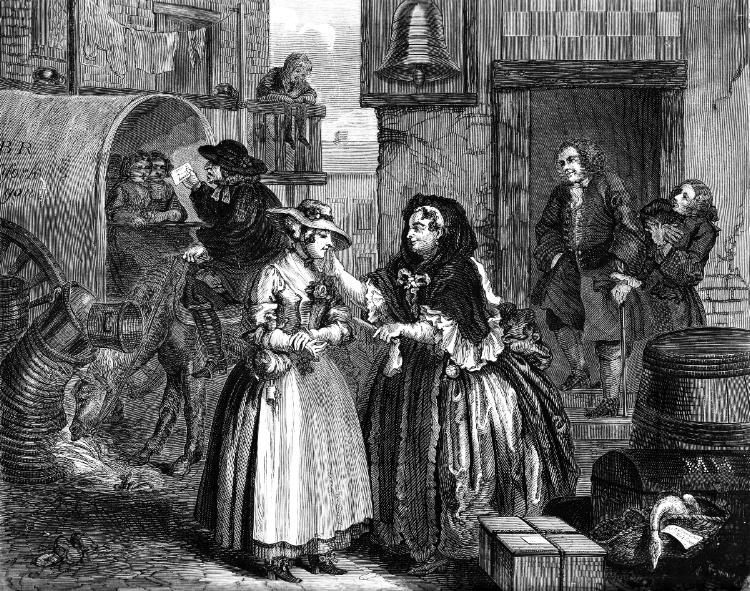
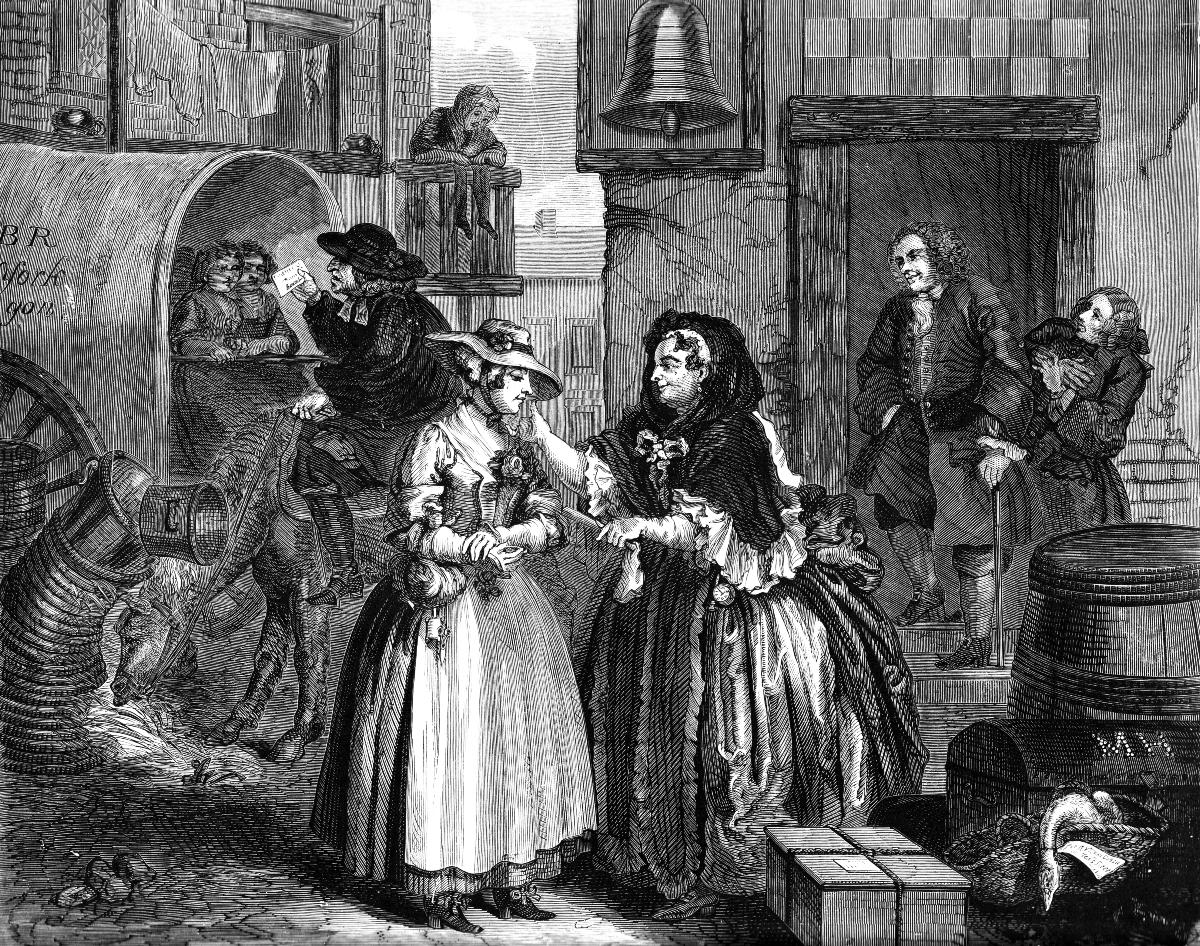
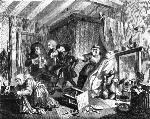 |
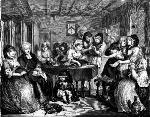 |
|||
| The Harlot's Progress. Plate V. The Death. | The Harlot's Progress. Plate VI. The Funeral. |
|
Shakespeare's Sonnets:
| Start here with the first sonnet |
|
Sonnets 1 - 50 | Some links to other sites | ||
|
|
Sonnets 51 - 100 | ||||
|
|
|
Sonnets 101 - 154 | For
a global search use all the sonnets as
plain text 1-154 or use the first line index. |
If
you have enjoyed this web site, please
visit its companion - Pushkin's Poems |
|
| Map of the site | |||||
| Views of London as it was in 1616. |
London Bridge As it was in Shakespeare's day, circa 1600. |
To
search for a line or phrase in the sonnets
go to the sonnets as plain text and use the browser text search engine. |
| Views of London as it was in 1616. |
London Bridge As it was in Shakespeare's day, circa 1600. |
To search for a line or phrase in the sonnets
go to the Sonnets as plain text and use the browser text search engine. |
| Sonnets 1 - 50 | Back to home page | |
| Sonnets 51 - 100 | If
you have enjoyed this web site, please
visit its companion - Pushkin's Poems |
|
| Sonnets 101 - 154 | If you wish to comment on this site please refer to details on the home page. | |
| Copyright Šof this site belongs to Oxquarry Books Ltd |
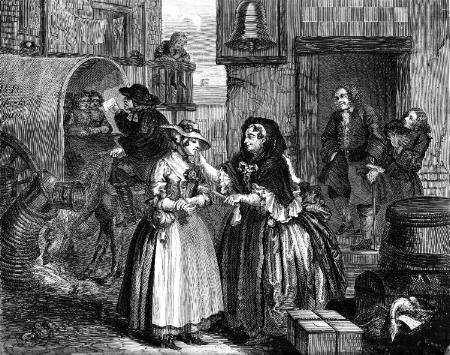
Copyright Šof this site belongs to Oxquarry Books Ltd